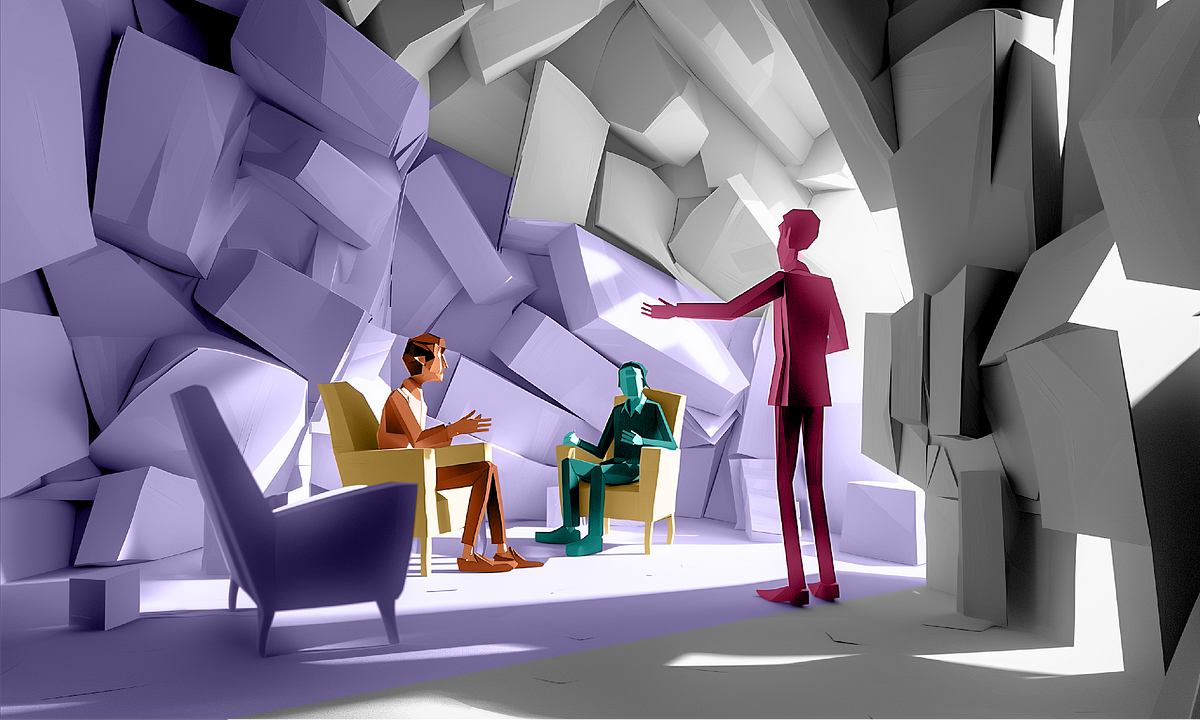Stop designing chat-based AI tools.

🌈 Abstract
The article discusses the need to evolve AI tools beyond prompt-based interfaces and consider new mental models for user interaction. It highlights the challenges with current chat-based AI tools and proposes a collaborative model that provides a permanent canvas, allows users to compare multiple options, enables manual editing, and supports refining details.
🙋 Q&A
[01] A Shift in Interaction
1. What is the key change in user interface design that AI is ushering in? AI is moving user interfaces away from traditional command-based interactions to intention-based ones, where users can express their desired outcome and let the AI handle the necessary steps.
2. Why is this a significant shift that requires the industry to reevaluate the status quo and innovate? Similar to the early days of the internet or the advent of mobile phones, the introduction of AI-powered tools is uncharted territory that requires the industry to reimagine mental models, patterns, and guidelines to ensure the new AI tools feel as intuitive as websites or mobile apps.
[02] Challenges with Chat-Based Models
1. What are the limitations of the current chat-based interfaces used by leading AI tools like ChatGPT, MS Copilot, and Midjourney?
- The chat-based interface, which mirrors a one-on-one conversation, works well for simple questions but falls short for more sophisticated tasks.
- It is difficult to be specific enough in just one query to achieve more deliberate outputs, as seen with challenges in using Midjourney, Sora, and ChatGPT for complex tasks.
2. How does this compare to a real-life collaborative approach? In a real-life collaborative setting, the setup changes from a one-on-one conversation to a shared workspace with a permanent canvas, where multiple options can be explored and refined together.
[03] A Collaborative Model
1. What are the four key considerations proposed to create a collaborative mental model for generative AI tools?
- Providing a permanent canvas that can be updated and does not need to be re-rendered with every prompt.
- Allowing users to compare multiple options during the exploration process.
- Giving users the option to add or edit the output manually.
- Enabling users to refine details, addressing specific parts of the output.
2. How do existing tools like Microsoft Copilot and Photoshop's AI Photo Editor already incorporate some of these collaborative elements?
- Microsoft Copilot positions the AI companion beside the user, with the canvas (Word or Excel document) being the central focus.
- Photoshop's AI Photo Editor allows users to generate a new image for a selected area, enabling them to layer and refine the output.